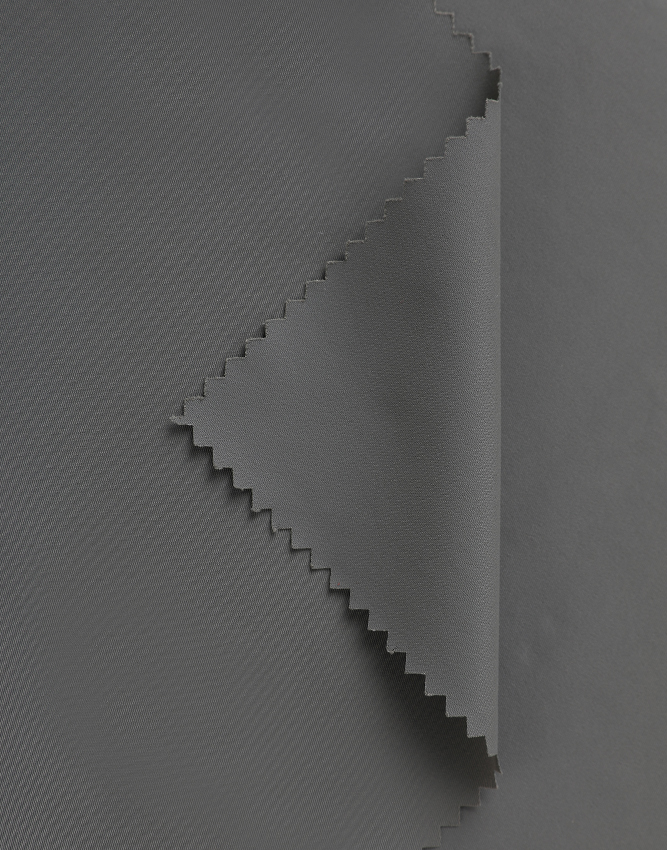

Why does cotton fabric wrinkle after washing Why does c […]
Why does cotton fabric wrinkle after washing
Why does cotton fabric wrinkle after washing? Cotton fabrics are fibers derived from cotton seeds, which are processed by picking, ginning, carding, splicing, combing, roving, and worsted spinning into cotton yarn and then turning cotton yarn into cotton cloth. The reason for wrinkles is mainly because of the poor elasticity of cotton fiber.
If cotton fiber is exposed to sunlight for a long time, its strength will be reduced, and the fiber will become hard and brittle. If it encounters oxidants, bleaching powder or oxidizing dyes, the strength of the fiber will also decrease, and the fiber will become brittle and hard.
Solution: It is difficult for us to change the characteristics of cotton, but it can be alleviated by some methods, such as hand washing or cold water washing in the washing method. The pants are stretched straight when drying. In the end, if there were any wrinkles, I had to iron it.
What kind of fabric is pure cotton twill?
What kind of fabric is pure cotton twill fabric? Cotton twill fabric is a fabric manufacturing method. Generally, plain weave is low-density and low-weave, and twill is high-density and high-weave. Therefore, the density of twill is definitely higher than that of plain weave, so it is stronger and has the most obvious performance. It is the bedding, the price of plain twill is much different. The surface of the fabric spun by the twill manufacturing process is relatively plump, and it is easy to open and set during the printing and dyeing process, which is what we often say will not shrink. Twill cotton has a higher density than plain weave fabrics, higher yarn consumption, and good wear resistance. It is stronger than plain weave, and the shrinkage rate is well controlled.
Pure cotton twill is divided into two types: coarse twill and fine twill. Denim fabrics of size 32 and above (used for under 18 inches) cotton yarns are used as warp and weft yarns; fine twill fabrics are used for warp and weft yarns of no. 18 or less (or above 32 inches) cotton yarns. Twill fabrics are available in natural white, bleached, and variegated colors, and are often used as linings for uniforms, sportswear, and sports shoes, as well as emery cloth backing and cushioning materials. The wide-width bleached twill fabric can be used as a sheet, and it can also be used as a bed sheet after printing. The primary color and variegated fine twill fabric is bright after electro-optical or calendering, which can be used as umbrella surface and clothing folder.
https://www.sigma-textile.com/
